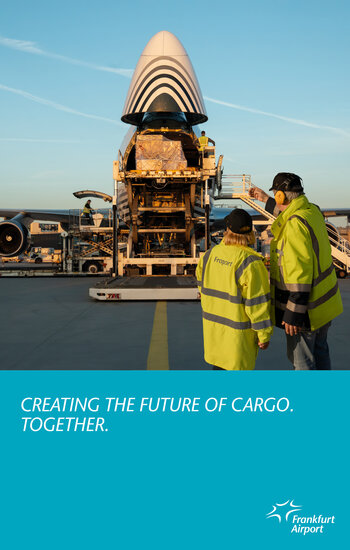As violence escalates in Gaza and tensions between Israel and Iran remain, Europe’s economy is facing a dangerous side effect: The Strait of Hormuz, one of the world’s most critical trade arteries, is becoming a strategic flashpoint. Whoever controls this narrow waterway holds a key to Europe’s trade power. And right now, that key is turning into a weapon.
Roughly 25% of globally traded oil and over a third of the world’s LNG shipments pass through this 50-kilometer-wide sea route daily. Europe, having shifted away from Russian energy in recent years, now relies heavily on imports from the Gulf region. Any escalation in this strategic zone could lead to massive impacts on trade balances, energy prices, including transport and production costs across the EU.

Europe’s Trade Exposure via Maritime Routes
According to the Financial Times, more than 30% of Europe’s LNG imports pass through the Strait of Hormuz, a choke point that also handles around 25% of the world’s oil shipments. The following graphic shows how much of Europe’s trade, and strategic vulnerability, is tied to critical shipping routes like the Strait of Hormuz.

Strategic Blindness with Economic Consequences
Despite repeated warnings, Europe continues to act with alarming restraint. While the EU does participate in the EMASoH naval mission to monitor Hormuz, it has yet to develop any real strategy to reduce exposure or build viable trade alternatives.
And that’s the real issue: global economic relevance doesn’t just require competitive goods, it demands geopolitical resilience. Europe, entangled in liberal trade ideals, has ignored the hard truth that free trade needs secure routes.
Meanwhile, others act: China is investing heavily in its “Maritime Silk Road,” the U.S. strengthens its domestic energy independence. And Europe? Europe waits.




